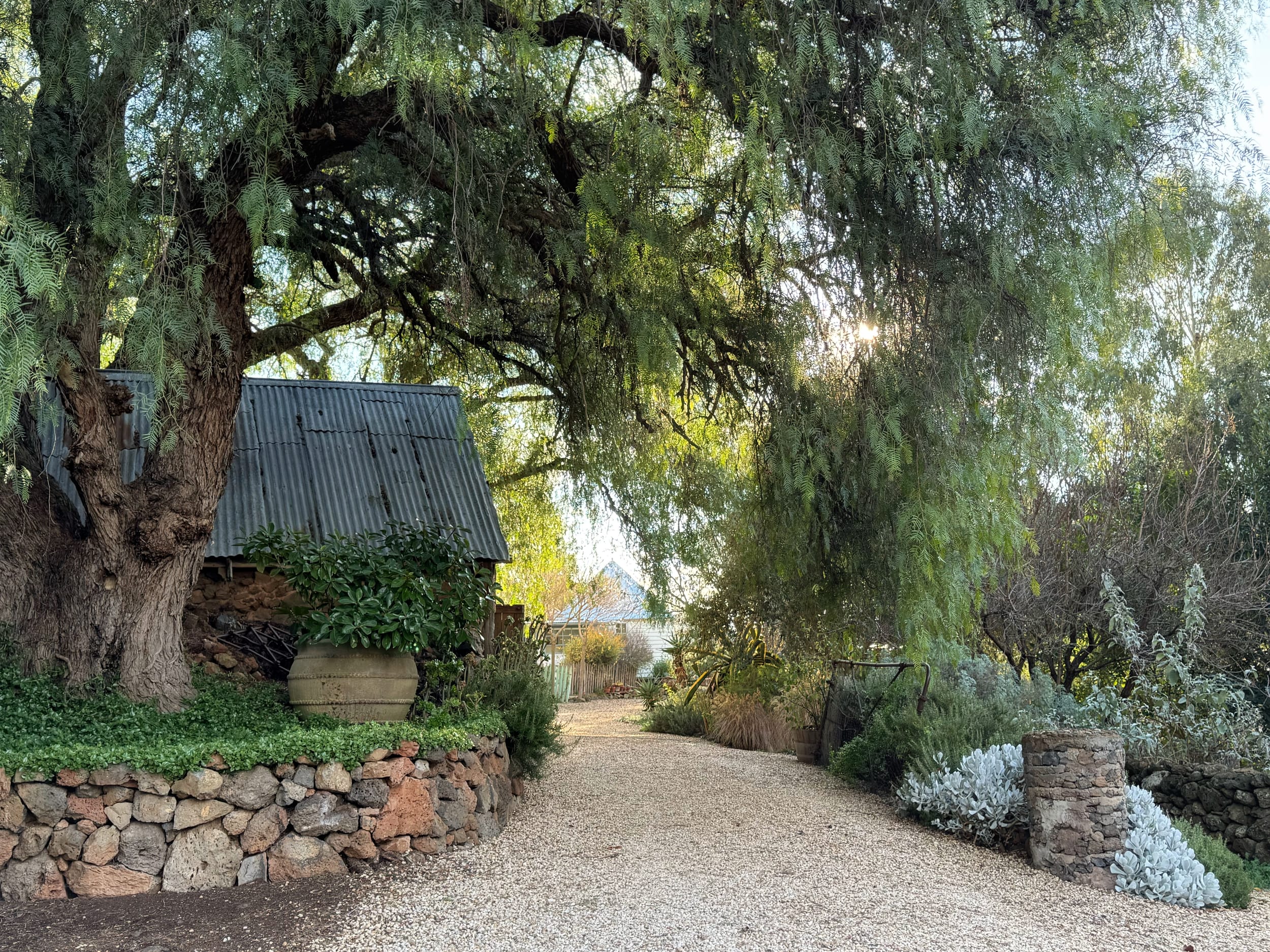
Gardening in a drought-prone place of temperature extremes is not for the faint-hearted, but Jeremy Valentine loves a challenge. Here’s the latest instalment of In the Weeds, his monthly newsletter for Galah.
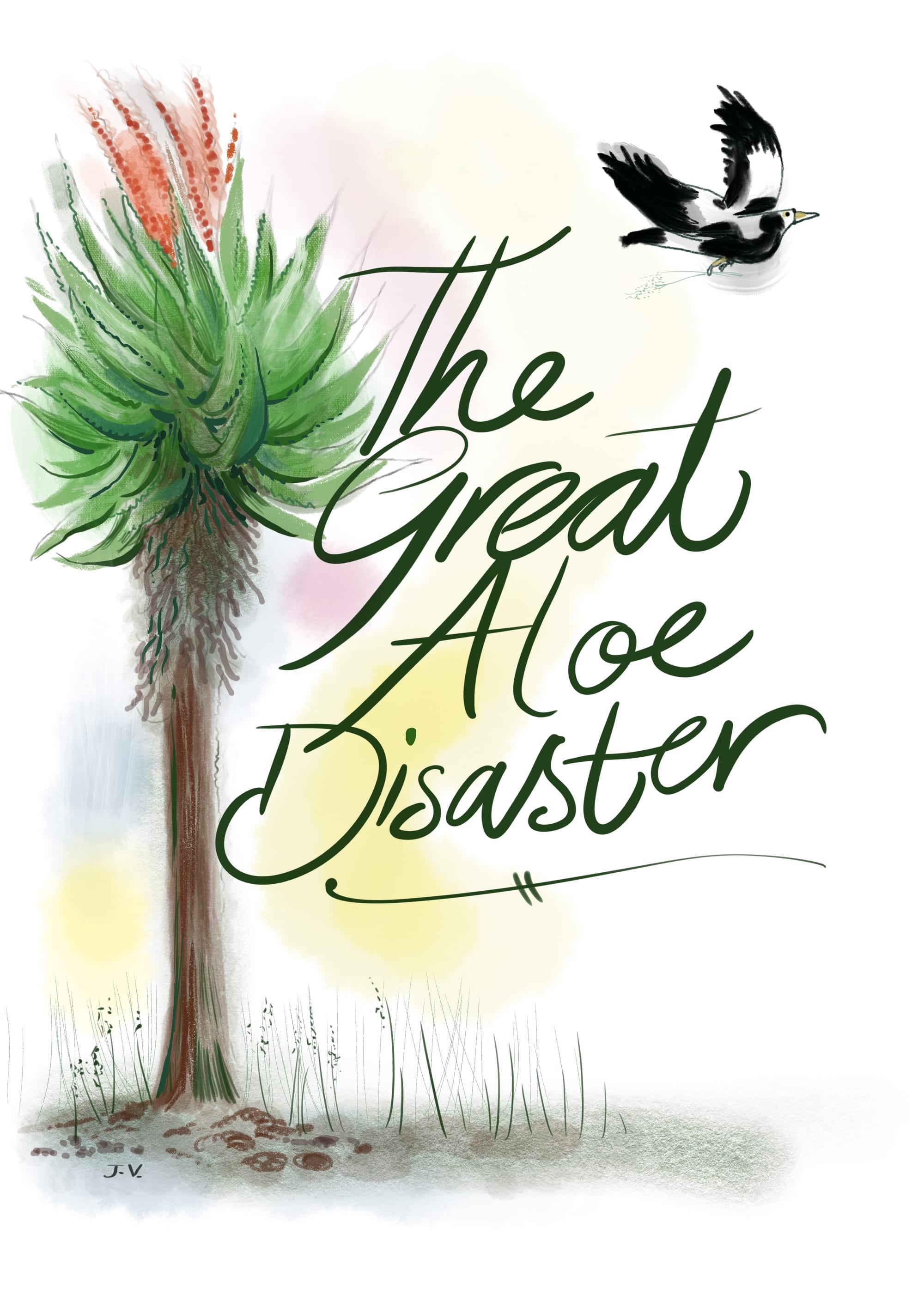
Illustrations by Jeremy Valentine
It wasn't long after we moved to The Stones that my obsession with hunting feature plants began. Back then, in 2013, the treasures were on eBay, at a fraction of the price of anything equivalent at a nursery.
I was sitting in my Hong Kong hotel room, whiling away an hour with the word "aloe" in my search, when a real doozy came up in the thread. It read, "Huge aloe 'palm tree' – buyer to dig out."
A palm tree it was not, but the photo depicted a terrifically handsome specimen of six feet of trunk, topped with a perfectly formed crown of tooth-edged leaves, each as thick as a builder's arm. It was the best Aloe ferox I had ever seen, perhaps 30 to 40 years old, and I had the perfect place in mind.

As I entered my bid, I didn't realise that seemingly no-one else was game to tackle its removal. I was the only bidder, and won it for the nominal sum of $50.
A week later, with our best spade, a tarpaulin, a mattock (held together with bent nails), a rope and saw, and an old blanket, we found the address in a quiet cul-de-sac in the western suburbs of Melbourne.
On our arrival we encountered an audience. Mum, Dad and three kids had come out onto the verandah to see the fool's show of "two suckers" and a 300-kilogram spiky monster, which proved to be much bigger than the photos suggested. We were clearly the afternoon entertainment, scintillating enough to titillate the ancient Romans at the Colosseum. The family positioned themselves, gawking silently, on a row of chairs overlooking the unfolding scene.

With my trusty spade we encircled the monster with sharp, deep cuts to the ground, and prised it gently to and fro. Grant followed up with the mattock to dig trenches all around, quickly realising that the dead weight was all dangerously atop, like a boulder attached to a spring.
Teetering back and forth with ever-increasing precarity, the prized specimen gave a little – and it became evident that drastic measures were necessary. So we did the unthinkable, and set to the lower leaves with a saw, removing a third of its bulk and, along with it, a third of its enormous weight. Naturally I was quietly upset to minimise its good looks, but without a crane it really was the only safe way forward.
Once loose, easing it to the ground was a ridiculous exercise – a game of "who can be crushed first?" The silent audience gawped with eyes and mouths widening.
Huffing and puffing, with a slew of swear words in the mix, we clumsily lowered the giant to the ground amid the smell of disturbed earth, and the evergreen, slightly acrid scent of severed leaves.
Now we had the arduous task of dragging it 30 metres up a path and three steps to the ute, using the tarpaulin as a kind of improvised lasso. It was heavy, spiky and awkward, and our arms were scratched red-raw. The audience sniggered quietly, delighting in our horrible struggle.
"You'll have to take them leaves," came a sing-song voice, referring to the carnage after the amputations. I nodded a stern monotone "yes", stingingly aware of their mockery.
Finally, we somehow managed to lever the monster onto the back of the ute, tray sides down, and spun it around diagonally, with the bulk hanging precariously off one corner. It's the best we could do. One side had become squashed, with a tangle of broken jelly-oozing fronds. I found myself cursing the finger that pressed the "place bid" button in my hotel room the week before.
We surrounded the battered prize with its goopy, severed leaves, and roped it tight like Houdini.
Exhausted, Grant exclaimed sarcastically, "Well, that went well." I agreed, defeated, feeling like we had committed a horticultural massacre.
The ride home along the freeway should have been the better end of the ordeal, only it wasn't. Despite its Houdini tethers, with every bump the huge top of the aloe on its springy trunk bounced up and down at the edge of the ute. It reminded me of the bobbing head of the novelty dog you might have seen on the dash of a 1963 Holden Special.
Anxiety was soaring. We were hurtling forward, but my head was firmly fixed on the escalating situation behind. Then, in a flash, I lost sight of the crown altogether. All that remained was the trunk beheaded.
We pulled over in the emergency lane, to discover it hanging on a thread in a tangle of ropes. We somehow managed to lift it up into the tray and continued on our way in glum silence.
Dealing with the aftermath was a sorry chore that had to be done. Most of the plant ended up on the bonfire pile. I planted the mangled mess of the crown behind a Teucrium, and hoped for the best in a "washing my hands of it all" way. I chose to ignore it after that.
Eleven years on, the aloe is just a quarter of its former size but growing happily enough, just peering out from above the thickets. And when I remember to look at it, I think of the disaster it was, only now with a real sense of amusement. Of course, none of it was very funny at the time, but isn't this always how the funniest stories go?
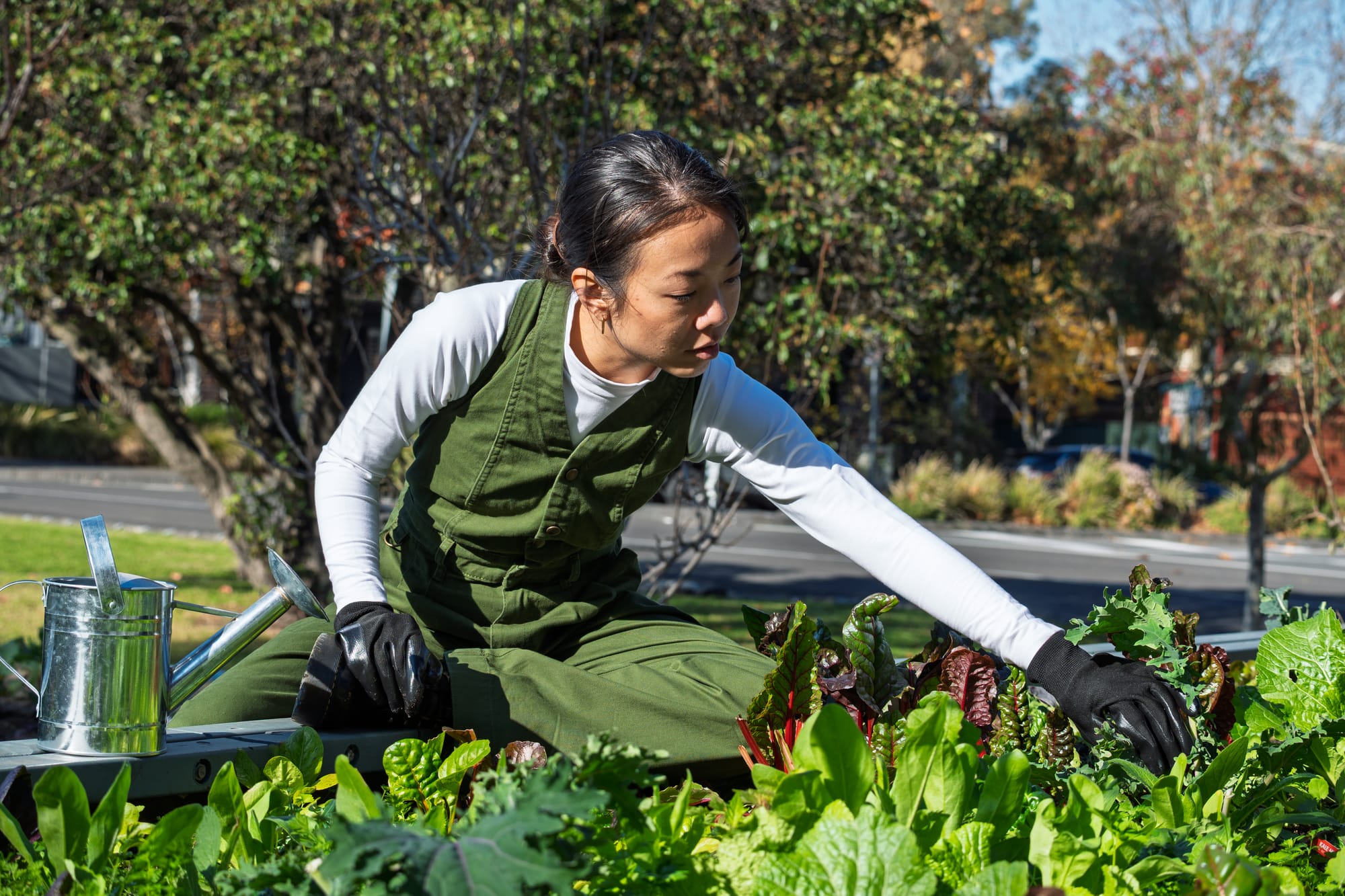
Cold mornings, warm suits. Your garden armour.
Our full suits are built for muddy knees, early mornings, and hard-earned harvests. Durable, flattering and ready for the dirt. Suit up and dig in.
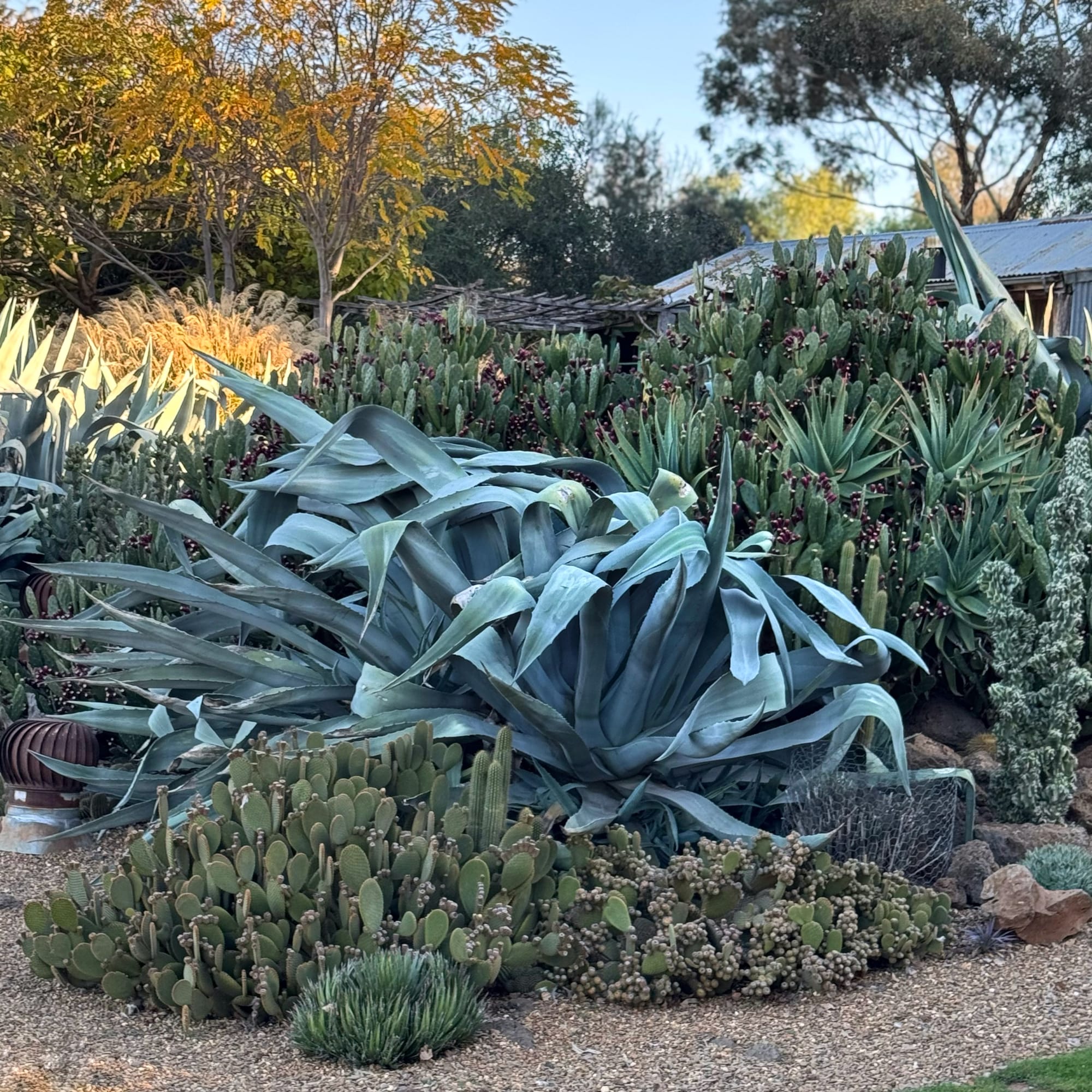
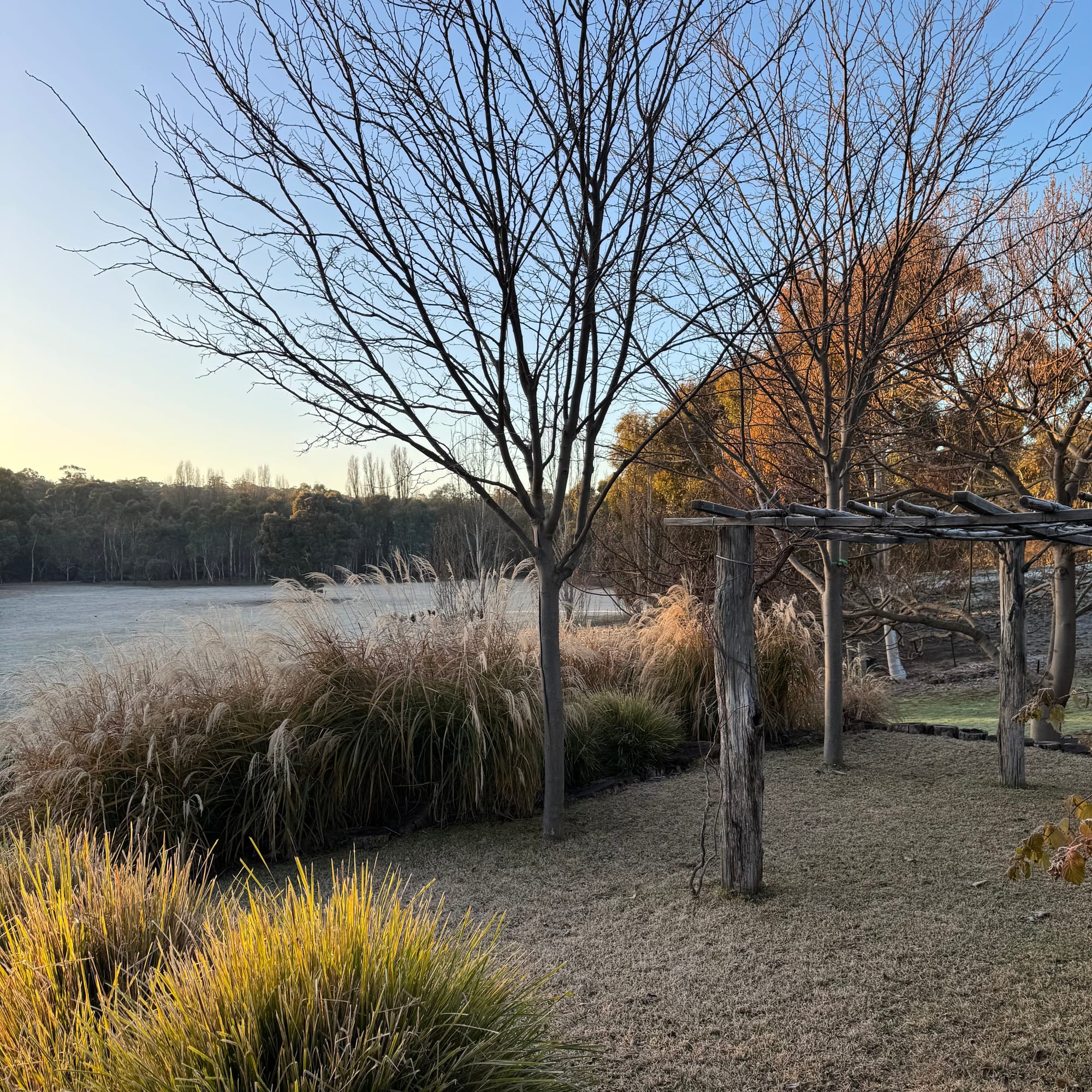
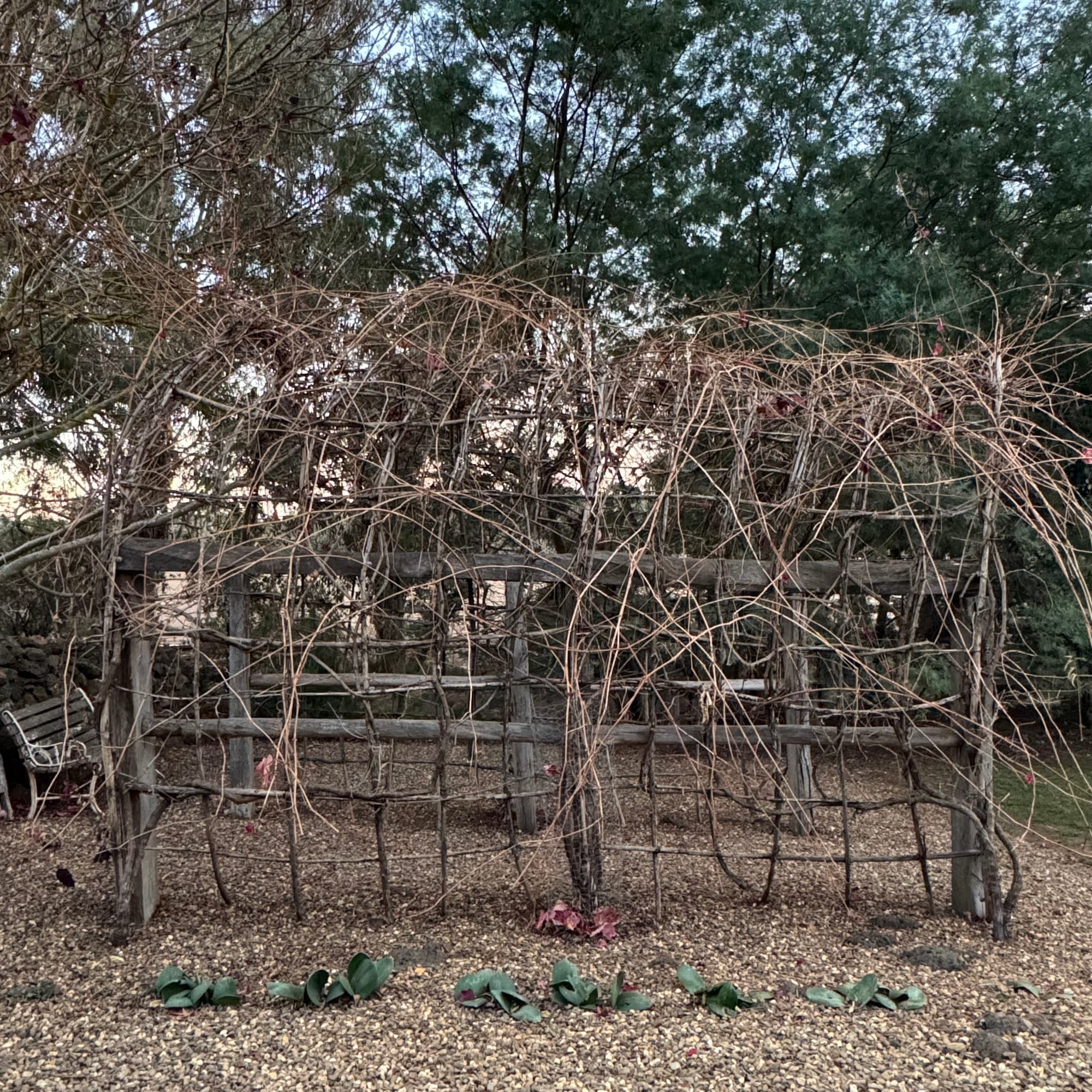
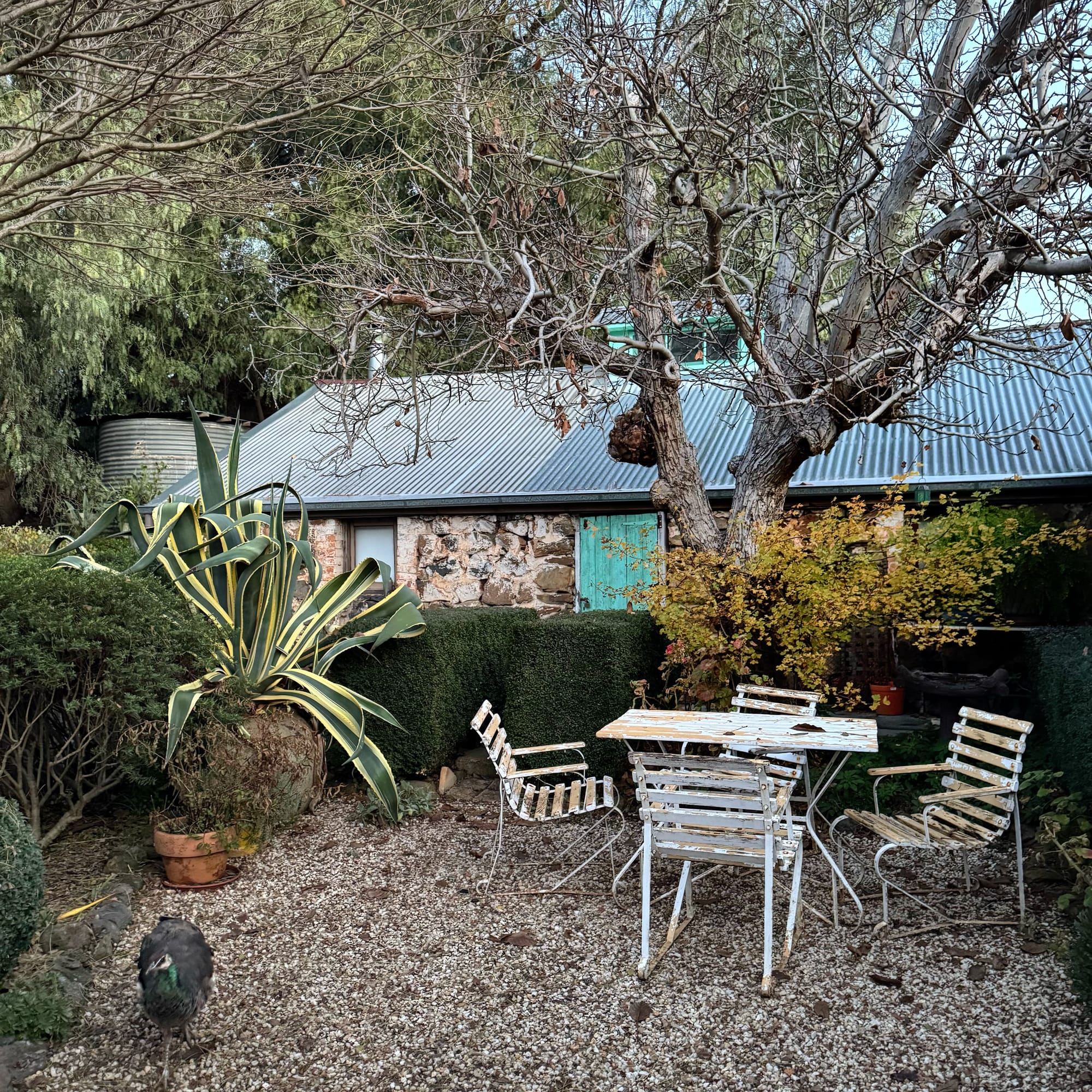
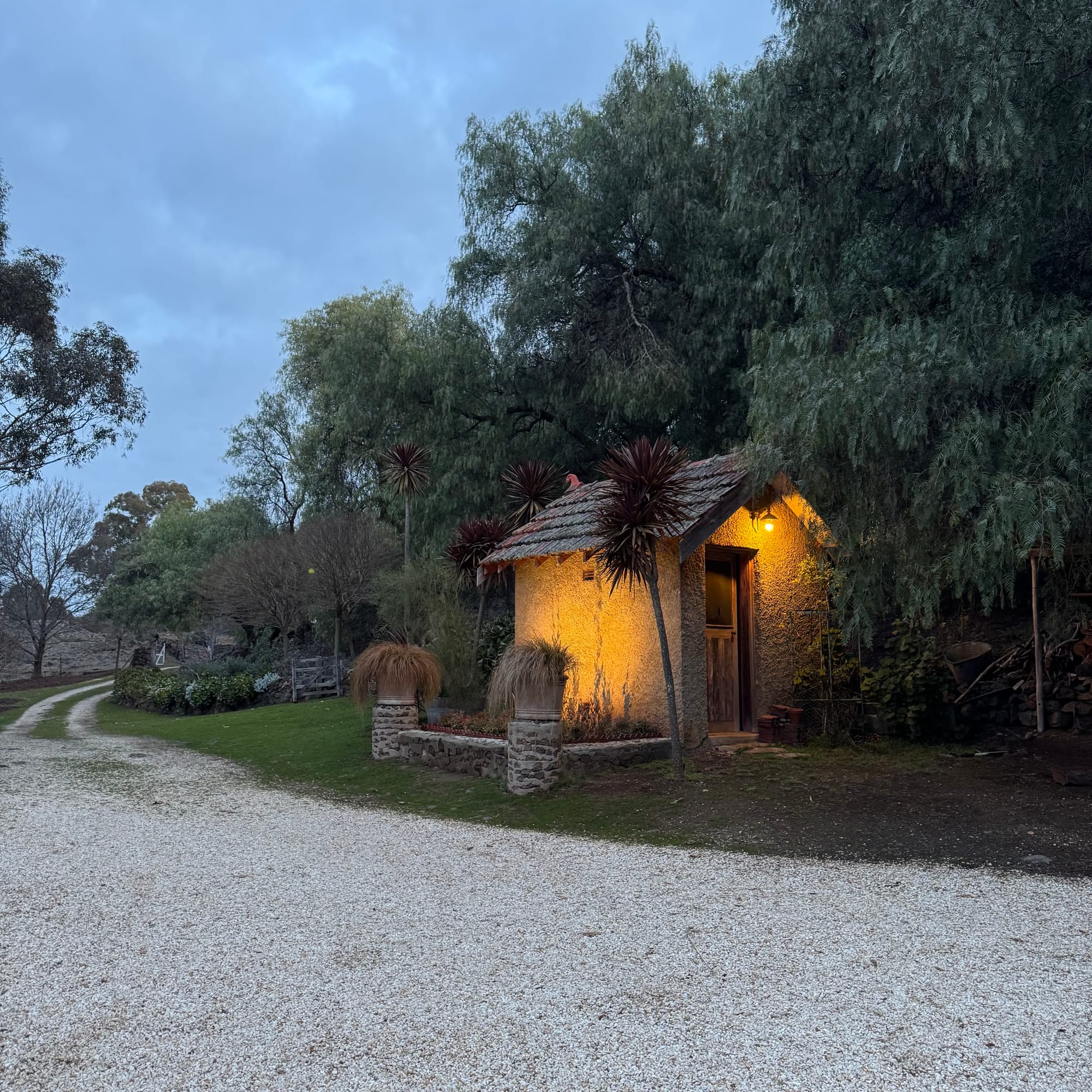
Catch up on Jeremy's previous stories here or find him on Instagram at @thestonescentralvictoria